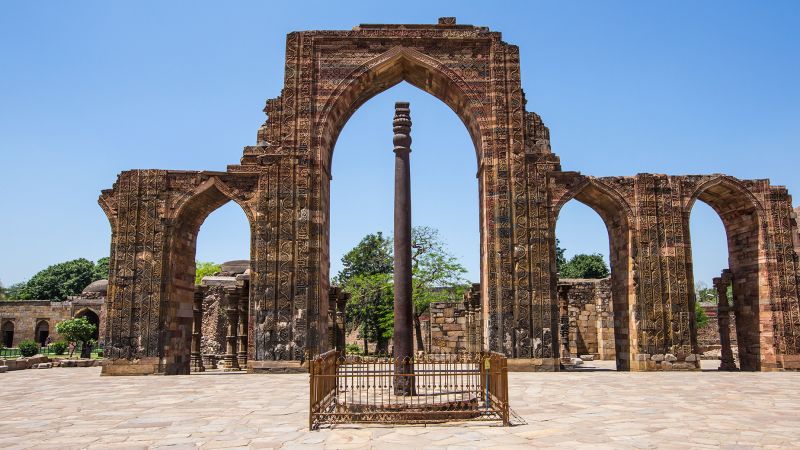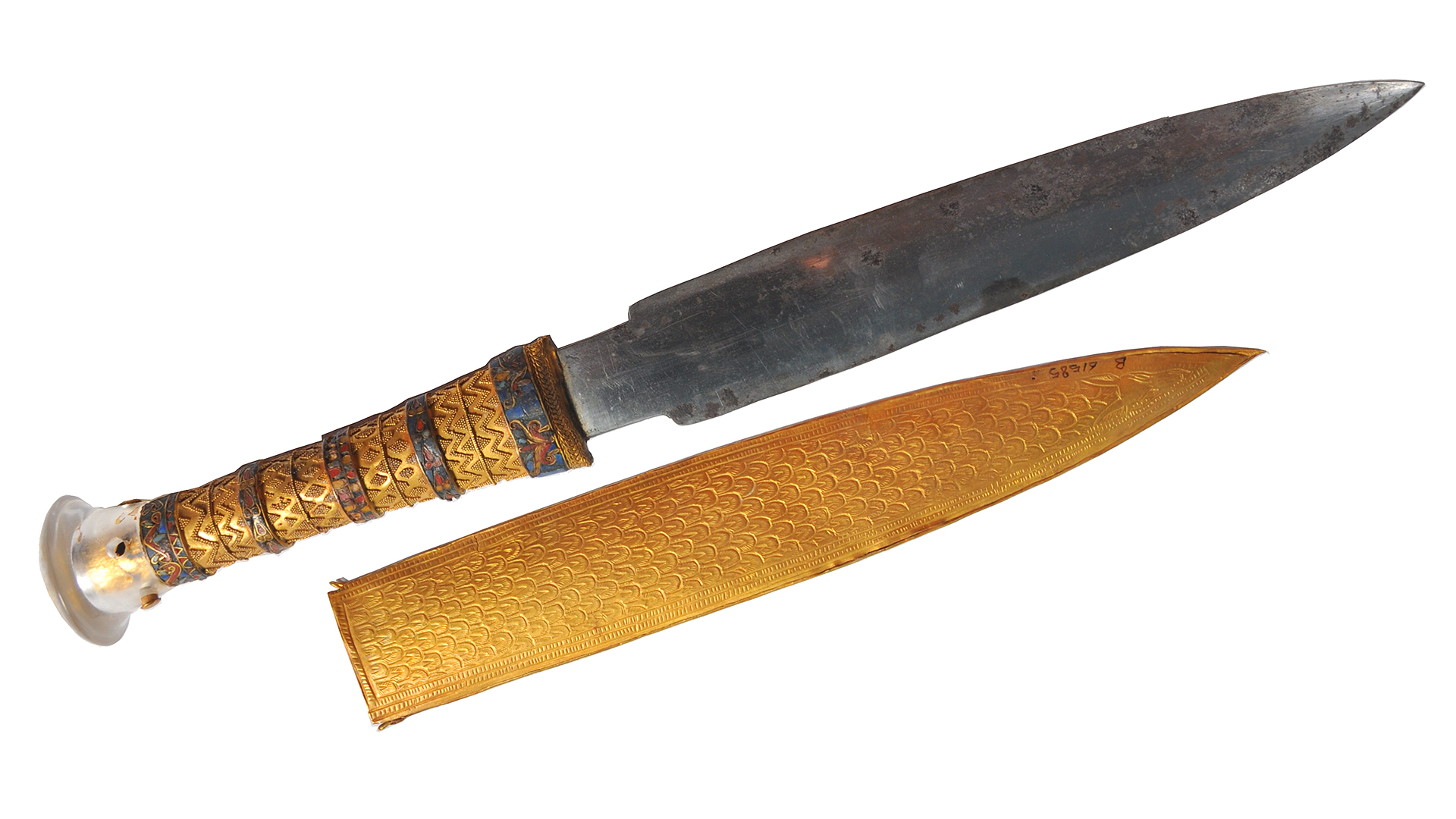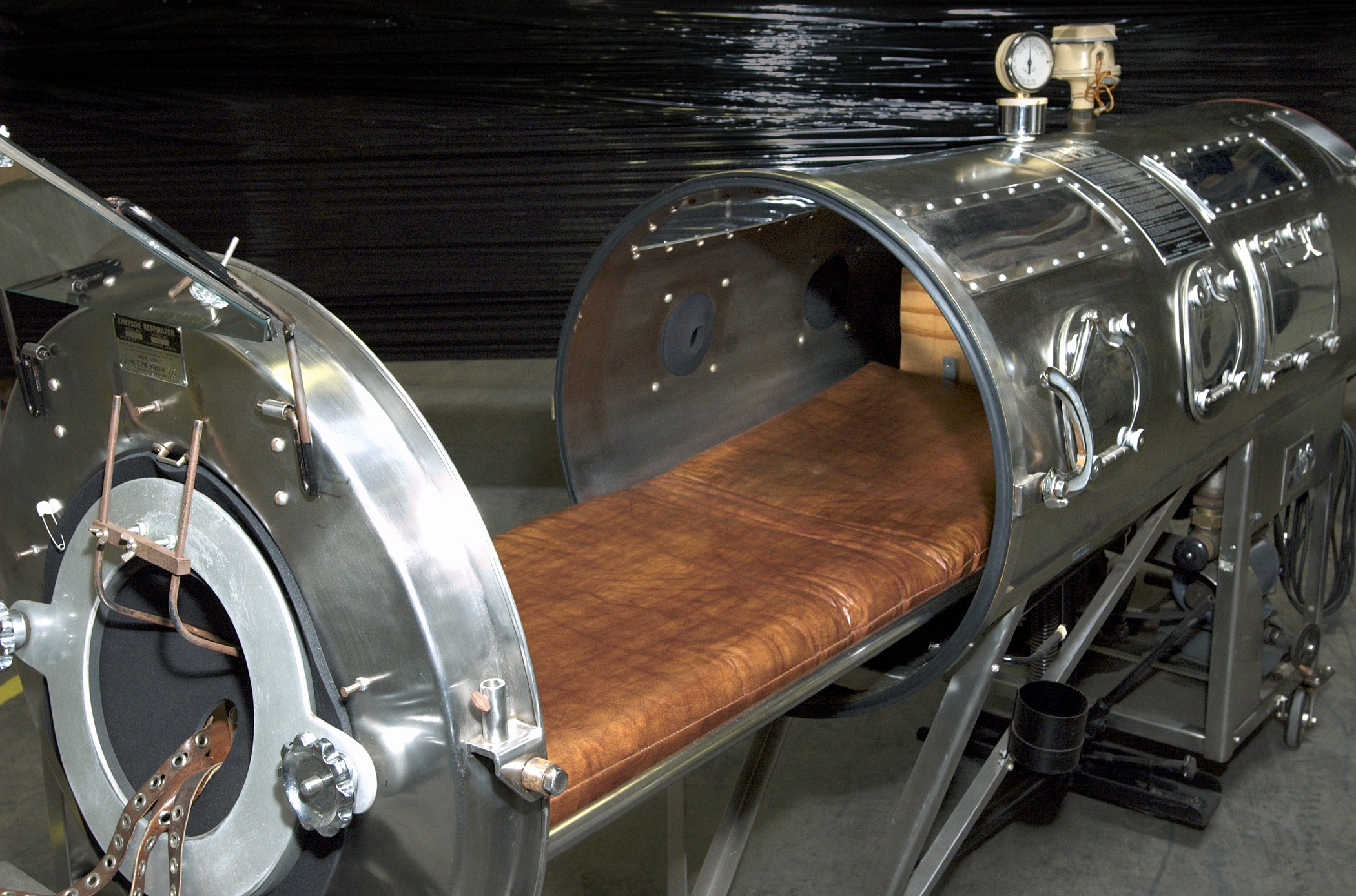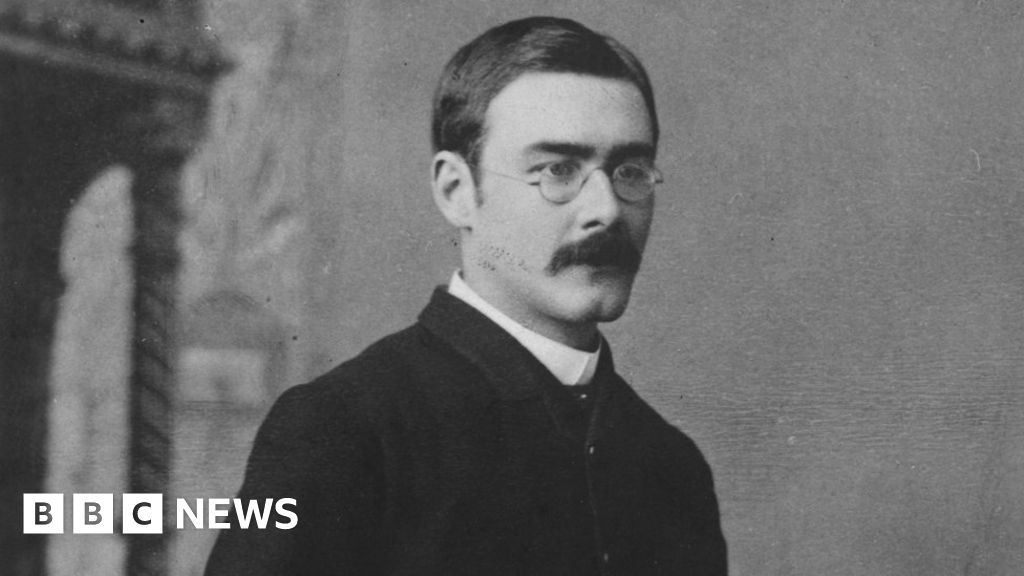
This mysterious iron pillar in India has been exposed to the elements for over 1,600 years. So why hasn’t it ever rusted?
Yet, inside New Delhi’s UNESCO-listed Qutb Minar complex – a collection of historic monuments and buildings built in the early 13th century in the city’s southern Mehrauli district – one mysterious structure stands as a testament to this very enigma.
Visitors to the courtyard of the complex’s Quwwat-ul-Islam Mosque will immediately spot an imposing 7.2-meter, six-ton iron pillar with a decorative top that’s even older than the complex.
Remarkably, the pillar is now as pristine as the day it was forged, defying both age and environmental adversities, including the Indian capital’s intense temperatures and increasing pollution. Dating back to the 5th century, its remarkable resilience continues to captivate travelers today.
Typically, iron and iron alloy structures exposed to the air or moisture oxidize over time, rendering them coated in rust unless they are protected, like the Eiffel Tower, by layers of special paint. Scientists both in India and abroad began studying the iron pillar in Delhi in 1912 to try to figure out why it hadn’t corroded.











/cdn.vox-cdn.com/uploads/chorus_asset/file/23249791/VRG_ILLO_STK001_carlo_cadenas_cybersecurity_virus.jpg)













